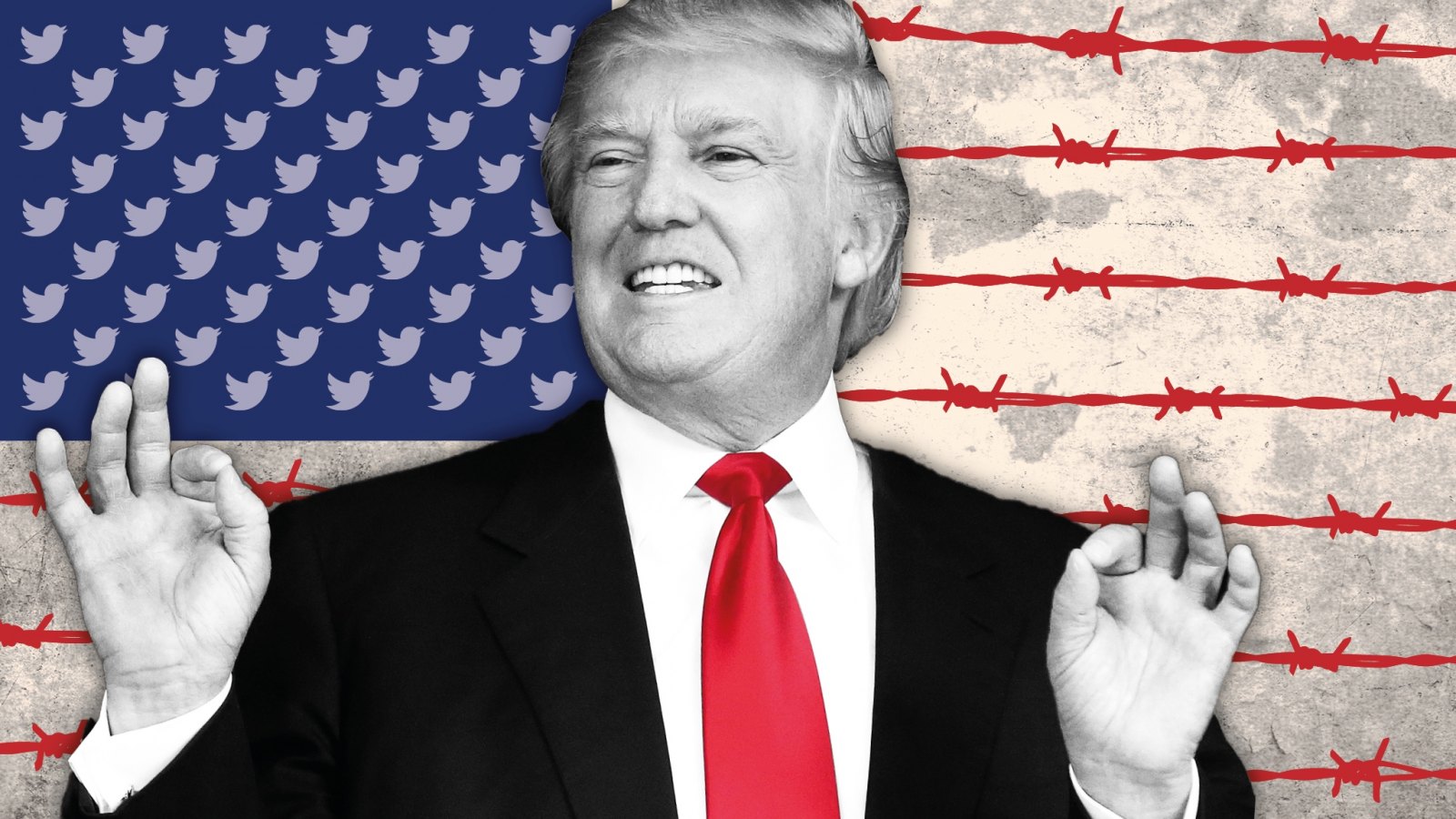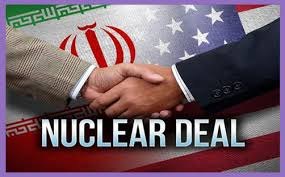New Russian Military Strategy: Backgrounds and Implications

Ghasem Osouli
Since the onset of the Ukraine crisis, Russian ties with the West have been deteriorated. Therefore, both sides are attempting to modify the other’s position. For example, by boosting economic relationship with other countries, they try to lessen undesirable implications of the crisis on themselves; this is the case especially with Russians while they have recently introduced a new military strategy.
The Westerners are accusing Russia of extending financial and military support to the separatist groups and even direct meddling in Ukraine, however, Moscow has rejected the blames and in contrast, it blames the West for blockading Ukraine.
According to new Russian military strategy, NATO is the greatest source of threat to Russia. Based on this new strategy, other than nuclear threat, if the country is threatened by a conventional threat that endangers its survival, the Russians would be entitled to use nuclear weapons. Furthermore, due to NATO’s upgraded capabilities and its approach to the Russian borders, it is a threat against Russia.
Of course, there used to be a lot of threats against Russia, however, Crimea annexation is an indication of a special attention of Russia to protect this peninsula where it has deployed its forces. In this new document, all indirect threats like WMD proliferation and alike are not considered a priority for Russia anymore.
Toppling legitimate governments and imposing a favorable regime is a new element in the document which clearly began to be exercised since the crisis erupted in Ukraine. The Russia’s allies and partners are also considered in this document. So Belarus is a close ally whose army is practically merged with the Russians’. The other layer comprises the Collective Security Organization member states that agreed on coordination of their relevant policies.
Given the China’s place at Shanghai Organization, the new document says that both countries should coordinate their efforts in coping with common military threats, however, this is not equal to a military alliance. It also suggests having talks on some issues with the West, but on an equal basis. It assumes anti-missile shield in Eastern Europe as a breach of NATO’s obligations so it has threatened NATO with a proper military reaction.
The idea of Eurasian Economic Alliance is a sign of a tense relationship between Russia and the West. This alliance is established with the purpose of deepening economic ties among CIS countries in 2011 and so far, Russia, Belarus and Kazakhstan are its members.
The existing tensions between Russia and the West, although not preferable for both sides, constitute an opportunity for Iran to bolster ties with both. Then, Iran can opt for utilizing these opportunities. More Western pressure on Russia will push this country towards Iran and this in turn, could boost Iranian bargaining power.





